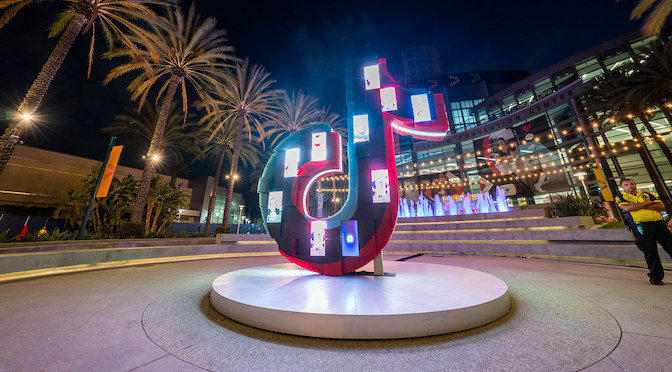In recent years, foreign bulk data collection of US citizens’ personal data has emerged as a new and increasing national security threat. The ability of foreign adversaries to collect—and in some cases, buy outright—US person data is officially governed by IEEPA and CFIUS. Bernard Horowitz and Terence Check argue that these regulatory frameworks are ill-suited… Continue reading TikTok v. Trump and the Uncertain Future of National Security-based Restrictions on Data Trade
Tag: Social Media
A Multiverse of Metaverses
By Sadev Parikh Eric Ravenscraft’s Wired article shows us the difficulty of defining the “metaverse,” which may be better understood through the lens of Wittgenstein’s idea of family resemblances than through any attempt at clear-cut definition. Metaverse can be seen as a concept made up of family resemblances that include elements of virtual reality, augmented… Continue reading A Multiverse of Metaverses
Social Media—A Tool for Terror?
The prevalence of terrorist organizations using social media generates a host of new challenges for online platforms, policymakers, and governments. Specifically, the global, highly accessible, and fast-evolving nature of social media provides a particularly lucrative platform for terrorist organizations to promote their ideologies. While there is a growing demand for responsible and accountable online governance,… Continue reading Social Media—A Tool for Terror?



